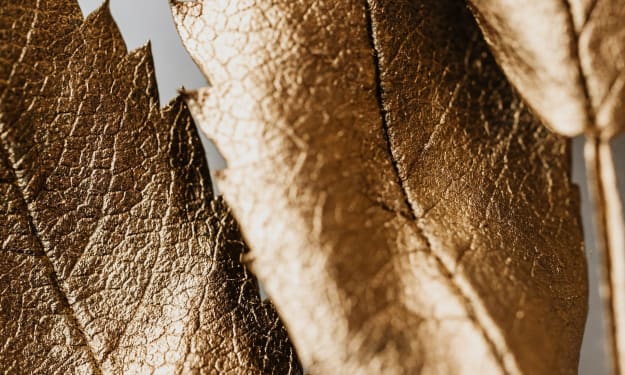Why is Glass Transparent To The Naked Eye?
Explain why glass is a transparent material since the Renaissance Period?

The world on the other side is visible if you use binoculars, glasses, or a window to look through. How can something that is so solid be so invisible? In this article, Mark Miodownik explained to us the scientific method behind amorphous solids.
Look out your window, and if you wear glasses, put them on. Perhaps you should also take a set of binoculars or a magnifying glass. What do you see right now? Whatever it is, it's not the thick panes of glass in front of you, I suppose. However, have you ever questioned how something so substantial could be so invisible? We must comprehend what glass actually is and where it comes from in order to comprehend that.
The two most prevalent elements in the Earth's crust, silicon and oxygen, are where it all starts. Together, they react to create silicon dioxide, whose molecules arrange themselves into quartz, a regular crystalline form. Sand is a popular place to find quartz, which is the primary component of most types of glass and frequently makes up the majority of the grains. You probably noticed that glass isn't composed of numerous tiny pieces of quartz, and there's a good explanation for that.
For starters, the tightly formed grains reflect and disperse light that strikes their edges and minor crystal structure flaws. However, when quartz is heated to a high enough temperature, the additional energy causes the molecules to vibrate until they break the bonds that hold them together and transform into a flowing liquid, much like how ice melts into water. However, when silicon dioxide cools down, it does not crystallize like water does. An amorphous solid is created as a result of the molecules' decreasing ability to shift into an ordered arrangement as they lose energy. a substance that is solid but has a liquid's chaotic structure, allowing any gaps to be filled in by molecules at will.
In a microscopic sense, this uniformizes the surface of glass so that light can pass through it without being scattered in various directions. This does not, however, explain why light can flow through glass as opposed to being absorbed, as it would in most substances. We have to descend all the way to the subatomic level for it. Although you may already be aware that an atom is made up of an orbiting nucleus and electrons, you might be startled to learn that most of the atom is actually empty space.
In fact, if an atom were the size of a sporting event, the electrons would occupy the outer rows and the nucleus would be like a single pea in the center. That ought to provide light enough room to travel through without colliding with any of these particles. In this case, the true question is why aren't all materials transparent rather than why glass is transparent. The various energy levels that electrons in an atom can have are the solution. Imagine these as various stadium stands' rows of seats. An electron is initially given a specific row to sit in, but if it had the energy, it could move to a better row.
As luck would have it, the electron can obtain the energy it requires by absorbing one of the light photons that are traveling through the atom. There's a catch, though. To move an electron to the following row, the photon's energy must be just right. In glass, the rows are spaced so far apart that a photon of visible light cannot give enough energy for an electron to jump between them. If it doesn't, it will just let the photon pass by. On the other hand, photons from ultraviolet light have the perfect amount of energy and are absorbed, which is why you can't tan through glass.
Glass has been used for a variety of things throughout history thanks to its incredible ability to be both solid and translucent. From lenses that let us see both the huge planets beyond our globe and the tiny ones right around us, to windows that let in light while keeping out the elements. Without glass, modern society is difficult to imagine. Yet despite its importance, we hardly ever consider the effects of glass. We frequently overlook the existence of glass since it is featureless and invisible, which is also its most valuable property.
About the Creator
Althea March
I am a writer who searches for facts to create compelling nonfictional accounts about our everyday lives as human beings, and I am an avid writer involved in creating short fictional stories that help to stir the imagination for anyone.






Comments
There are no comments for this story
Be the first to respond and start the conversation.